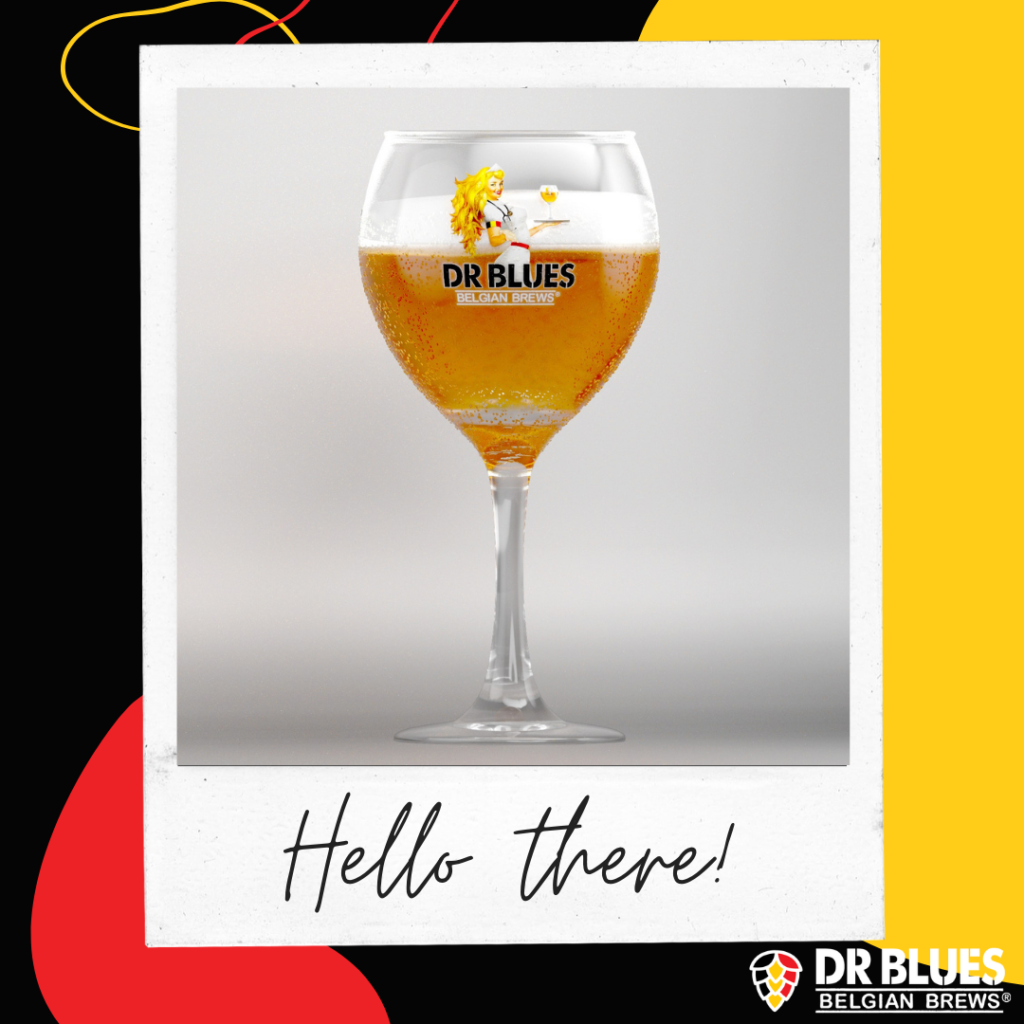The Importance of Beer Glasses
Posted in Blog

Why is the proper glassware a major component in our beer’s most desirable attributes?
If you are a beer enthusiast I believe that there are many questions that you ask while trying or buying new beer – how is it produced, what makes it different, what are the ingredients? Did you ever wonder about the beer glasses themselves—most specifically why there are so many different shapes and styles, and what each of those styles is supposedly best suited for.
Sure, there are certain shaped glasses which are best for certain styles of beer (just as there are specific wine glasses for Burgundy, Bordeaux, Champagne, etc.), but do you know specifically what, say, a tulip glass does that a chalice doesn’t? Or exactly why Pilsners require tall skinny glasses and IPAs don’t?
The bottom line is that we spend a lot of time considering what we want to drink—and most of us are aware of the role that optimal temperatures play in maximising our enjoyment—but we’re not generally aware of how the proper glassware can also be a major component in bringing out our beer’s most desirable attributes. In the right glass, the beer’s colour, aroma, and head are at their best, which means—before you even take a sip—your anticipation is heightened just by looking at your brew and your pleasure receptors are turbo-charged. In the right vessel, your beer can show off its hidden nuances, can stay carbonated longer, and can provide you with a better, more complete, quaffing experience.
The shape of a glass impacts head development and retention
It’s a proven fact that the shape of a glass impacts head development and retention. This is critical because the foam created by pouring a beer actually provides a delivery system for many of the volatile compounds that evaporate from beer when exposed to air— and those compounds create aroma. Some of our favorite volatiles are created by things like hop oils and all kinds of byproducts from yeast fermentation, such as spicy notes, fusels, and fruity esters.
Beer glasses come in dozens of styles and shapes, many of which are similar, but lots that are very different. So which glass do you use for which beer? Don’t let yourself get overwhelmed; try to remember that most clean glasses will serve as perfectly fine temporary beer holders. It’s just that, if you really want to do it right (especially with rare or expensive specialty beers such as DR BLUES), you may want to follow some basic parameters for which beer works best in which shaped glass.
Custom-made for DR BLUES BELGIAN BREWS®, the glass features a long stem to keep the beer cold longer. Laser etched “DR BLUES” on the glass bottom adds additional excitement to the beer by stimulating bubbling. After the pour (one 33cl bottle at once), the beer should be allowed to breath 2-5 minutes to fully release its flavors (“the nose”). During this time, DR BLUES encourages you to talk to the nurse Emily about our symptoms before enjoying DR BLUES prescription. DR BLUES glass can be also used with most other high-end beers.

Tiny Tips
If you’re so inclined, there are a bunch of little things that you can do to maximize enjoyment from your glassware. A few simple tips to keep in mind:
- Never chill your glassware (avoid the frosted glass). The condensation that occurs as the glass warms up will dilute your beer.
- Make sure you wash your glasses well and in hot water. Residual grease or fat can kill head retention.
- Hand-wash all glasses. Dishwashers can leave a residue, which may affect head retention as well as flavor and aroma. Use a mild dishwashing soap, make sure you rinse thoroughly with hot water, and double-check that no film or soapy smell remains before setting them out to air dry (avoid hand drying because towels can leave dust particles that can also affect head retention). Hand washing also protects your specialty glasses or memento glasses, which often have gold or silver rims or silk-screened brewery logos.
- Pour correctly. Hold your glass at a slight angle and direct your pour to the bottom of the glass. Straighten the glass when you start to get a nice accumulation of foam. Allow some of the foam to subside (Be patient! As liquid drains from the foam it becomes more stable) and then top off with the remaining beer.
